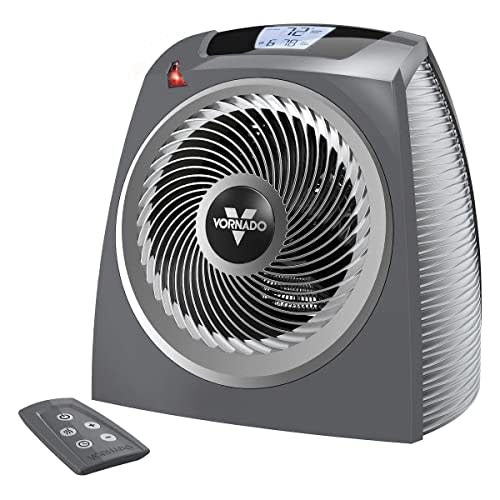

- #Media player usb input software
- #Media player usb input code
- #Media player usb input Pc
- #Media player usb input windows
Around the same time I found Nico Hood’s Arduino Hoodloader project on the internet which seemed nice to experiment with, and so the wireless Skip Button was finally made.
#Media player usb input software
Easy to handle with available Arduino libraries, the only thing missing was the bridge between an nRF24L01 receiver and USB (consumer) HID to instruct the media player software to skip to the next track. The idea was triggered again when I worked on the wireless quiz button project in the Elektor Lab, with its nice and small battery powered nRF24L01 transmitter boards. But there was still a (long) cable between this button and the PC, waiting for time, mood and inspiration to make a more practical wireless version.
#Media player usb input code
We found a better solution in a robust industry-standard emergency stop button I once bought on a flea market for just 1 Euro (okay, these are really expensive when you buy a new one!), in combination with a small ATtiny85 board that translated a key press into USB HID Media Control code ‘next track’. A remote control would be an option, but these things have the habit of being untraceable when you need them, not to mention the issue finding the correct button once you found the RC. Of course this is not always easy when you’re busy and most of the time the track already ends before you are able to reach ‘next’ button on the PC.
#Media player usb input Pc
But with a huge collection of artists and different music styles, sometimes a track is played ‘at the wrong time’, gets on your nerves, and you feel the urge to rush to the PC to skip it.
#Media player usb input windows
At home we ripped all our audio CDs to a NAS and most of the time we use Windows Media Player or VLC player (we still don’t agree which one’s the best) in random order play to have some background music in our workshop. If proper handling of these things is important, it is recommended to learn or test in advance whether a particular drive model works correctly with the player.At home we ripped all our audio CDs to a NAS and most of the time we use Windows Media Player or VLC player (we still don’t agree which one’s the best) in random order play to have some background music in our workshop. It is not recommended to use such drive models. This may depend on a particular drive model and also on the exact way how the drive is connected to the player and how the power is provided to the drive. Some connected drives may not properly cooperate with the player in respect to stopping/ resuming, in particular, when entering/exiting the standby or power-off mode. because access from the network via SMB or FTP is performed), the drive will automatically resume its operation. If the player is in standby mode, and it needs to access the stopped drive (e.g. When the player leaves the standby mode or when it is switched on again, the connected drives start working again. This is done in order to decrease power consumption and reduce noise when the player and the connected devices are not used. When the player goes into the standby mode (or when the player is switched off using the RC), the player sends "stop" command to all connected drives. It is recommended to test a particular eSATA drive before making a decision on its usage with the player, and use only those eSATA drives which are known to work well with the player. The eSATA port is provided for extended flexibility, but without a guarantee that an arbitrary eSATA drive will work well. NOTE: Not all eSATA drives may work well with the player (may depend on a particular eSATA drive model and particular usage conditions). This possibility is not guaranteed to work correctly in all cases. NOTE: Depending on a particular eSATA drive, it may also be possible to connect/disconnect the eSATA drive to the player w/o switching off the player. Switch off and disconnect the eSATA drive only after switching off the player.

The player will recognize the eSATA drive, and will show an item corresponding to the eSATA drive on the main screen of the player menu. To connect an eSATA drive, switch off both the player and the eSATA drive, connect the eSATA drive to the eSATA port of the player (and connect the eSATA drive to its power supply), switch on the eSATA drive, and, as the last step, switch on the player.

NOTE: This information is applicable to models having eSATA port.


 0 kommentar(er)
0 kommentar(er)
